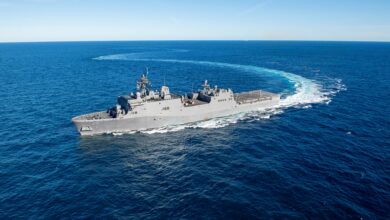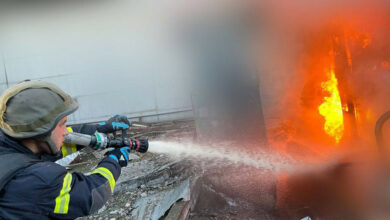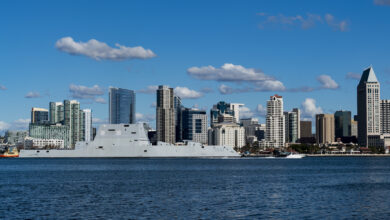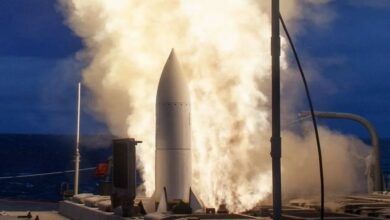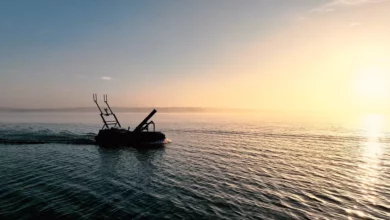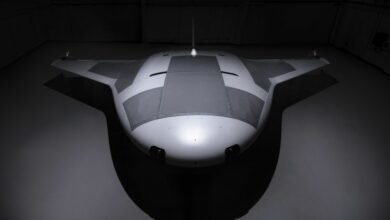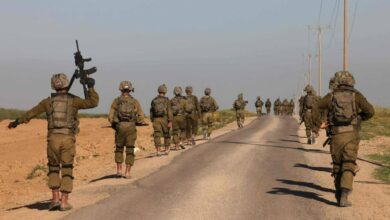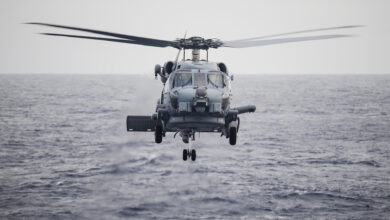Raytheon has been awarded a $260 million modification to an earlier contract for the procurement of 196 Tomahawk vertical launch cruise missiles and spares, the U.S. Department of Defense said in a press release.
“Raytheon Co., Tucson, Arizona, is being awarded $260,345,336 for modification P00010 to a previously awarded firm-fixed-price (N00019-17-C-0034) for procurement of 196 Tomahawk Block IV all-up-round vertical launch system missiles and spares in support of the Navy,” the release said on Friday, November 3.
“In addition, this modification provides for the procurement of spare parts and support for the government of the United Kingdom,” the release said, adding that the UK spend was $3,642,671.

Work will be carried out in Tuscon, Arizona, Walled Lake, Michigan, Camden, Arkansas and a number of other locations across the U.S. and is expected to be completed in August 2019.
The Naval Air Systems Command, Patuxent River, Maryland, is the contracting activity.
The subsonic cruise missile is delivered to ships and submarines as an All-Up-Round, which includes the missile, the booster, and the container for transportation and storage and stowage, which also acts as a launch tube.
The Tomahawk was designed by General Dynamics in the 1970s as a medium-range to long-range, low-altitude missile launched from a surface platform and is operated by the U.S and the U.K. It has been upgraded with improved guidance systems for precision navigation. The TLAM is capable of delivering a nuclear warhead.
Tomahawk Block IV was introduced in 2006 and added a strike controller which can alter the flight path of the missile to one of 15 alternate targets or redirect it to a new target. The missile can also transmit battle damage indication imagery and missile health and status messages via a two-way satellite data link.
A version with a maritime attack capability will enter service in 2021, and a supersonic ramjet version is under consideration.

On April 6, President Donald Trump ordered a TLAM strike against al-Shayrat airfield near Homs, Syria in response to the Syrian regime sarin gas attack on Khan Sheikhoun two days earlier. The USS Porter and USS Ross launched 59 Tomahawk missiles from the eastern Mediterranean Sea. The Pentagon said the strike severely damaged or destroyed Syrian aircraft, support infrastructure and equipment at Shayrat Airfield, reducing the Syrian government’s ability to deliver chemical weapons.
Tomahawks were perhaps most famously used against Iraq. In 1991 Gulf War, 288 Tomahawks were launched against Iraqi targets; in December 1998, 325 Tomahawk missiles were fired at Iraqi targets during Operation Desert Fox; and during the 2003 invasion of Iraq, more than 802 Tomahawk missiles were fired at key Iraqi targets.

As of 2015, the U.S. Navy held a stockpile of around 3,500 Tomahawk cruise missiles of all variants.
In 2016, The Department of Defense purchased 149 Tomahawk Block IV missiles for $202.3 million, and in December 2016 ordered a further 214 Tomahawk Block IV missiles and spares for $303,749,820, with an expected delivery date of August 2018.
Raytheon awarded $173 million contract for 200 JSOW glide bombs for Qatar



